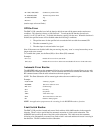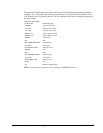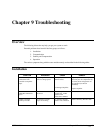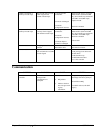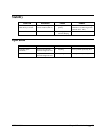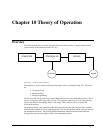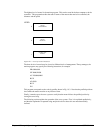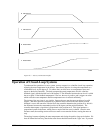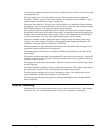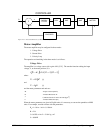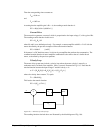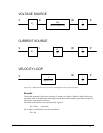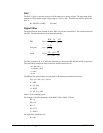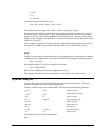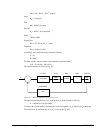
USER MANUAL Chapter 10 Theory of Operation • 159
Y POSITION
X POSITION
Y VELOCITY
X VELOCITY
TIME
Figure 10.3 - Velocity and Position Profiles
Operation of Closed-Loop Systems
To understand the operation of a servo system, we may compare it to a familiar closed-loop operation,
adjusting the water temperature in the shower. One control objective is to keep the temperature at a
comfortable level, say 90 degrees F. To achieve that, our skin serves as a temperature sensor and
reports to the brain (controller). The brain compares the actual temperature, which is called the
feedback signal, with the desired level of 90 degrees F. The difference between the two levels is called
the error signal. If the feedback temperature is too low, the error is positive, and it triggers an action
which raises the water temperature until the temperature error is reduced sufficiently.
The closing of the servo loop is very similar. Suppose that we want the motor position to be at 90
degrees. The motor position is measured by a position sensor, often an encoder, and the position
feedback is sent to the controller. Like the brain, the controller determines the position error, which is
the difference between the commanded position of 90 degrees and the position feedback. The
controller then outputs a signal that is proportional to the position error. This signal produces a
proportional current in the motor, which causes a motion until the error is reduced. Once the error
becomes small, the resulting current will be too small to overcome the friction, causing the motor to
stop.
The analogy between adjusting the water temperature and closing the position loop carries further. We
have all learned the hard way, that the hot water faucet should be turned at the "right" rate. If you turn



